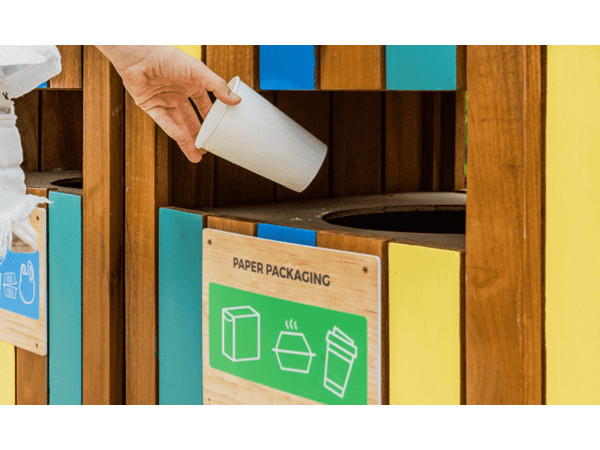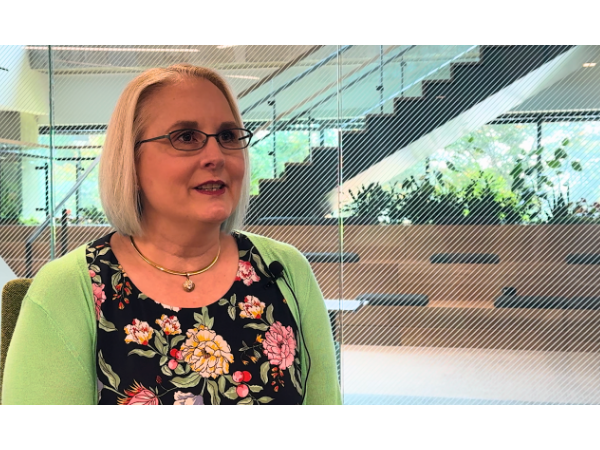Paper Cups Are Designed To Be Recycled
February 26, 2025
Advancing sustainability through innovation and collaboration
An estimated 50 billion paper cups are thrown away in the United States each year. There is a growing movement to divert those cups from the waste stream and recycle them. Industry associations, consumer brands and sustainable packaging companies like Graphic Packaging are collaborating to drive this change.
Breaking barriers to recycling cups
Paper cups often feature a thin plastic liner that is vital to their functionality. In the past, that liner made cups difficult to recycle, but today that’s no longer the case. Modern advancements enable the separation of that material, allowing the rest of the paper cup – more than 95 percent – to be recycled and put to good use. One primary use is to make recycled paperboard, which is then converted into packaging for everyday essentials.
Traditionally, cereal cartons, pasta boxes, and beverage carriers have been made with recycled paperboard. Now, with the rise of regulations phasing out plastic and consumers demanding more sustainable solutions, the packaging formats are spreading to new categories. Products such as health and beauty are moving to new formats of premium-grade recycled paperboard, and the trend is expected to continue.
Updated technology in manufacturing facilities – such as Graphic Packaging’s state-of-the-art Waco, Texas, site– is poised to increase the U.S. fiber recovery rate, particularly for certain polyethylene (PE) coated materials. But it will require a larger stream of recycled materials to reach critical mass. By working together, the paperboard packaging industry, materials recovery facilities (MRFs), and partner associations can drive up the volume of paper cups that are recovered and reintegrated into the circular economy.
Case in point: More than 40 U.S. paperboard manufacturing facilities have agreed to accept paper cups in their raw material content. This demonstrates strong end markets for recovered cups that can be turned into new paperboard packaging and other paper products.
Consumer education is key
One hurdle to recycling is the lack of widespread access: Only 11 percent of U.S. households today have curbside recycling programs that accept paper cups, according to the Foodservice Packaging Institute. More advocacy is needed to educate local communities managing these recycling programs that paper cups are indeed recyclable and that they can play a vital role in the circular economy.
In a recent interview with the climate media organization, We Don’t Have Time, Michelle Fitzpatrick, Graphic Packaging International’s chief sustainability officer, shared how organizations can work together to recover and recycle paper cups at scale.
Watch the full interview to learn more about the future of paper cup recycling.


